The Role of Willows Healthcare’s Caregivers in Providing Assistance with ADLs
February 7, 2025
Understanding How Willows Healthcare Caregivers Support Everyday Life

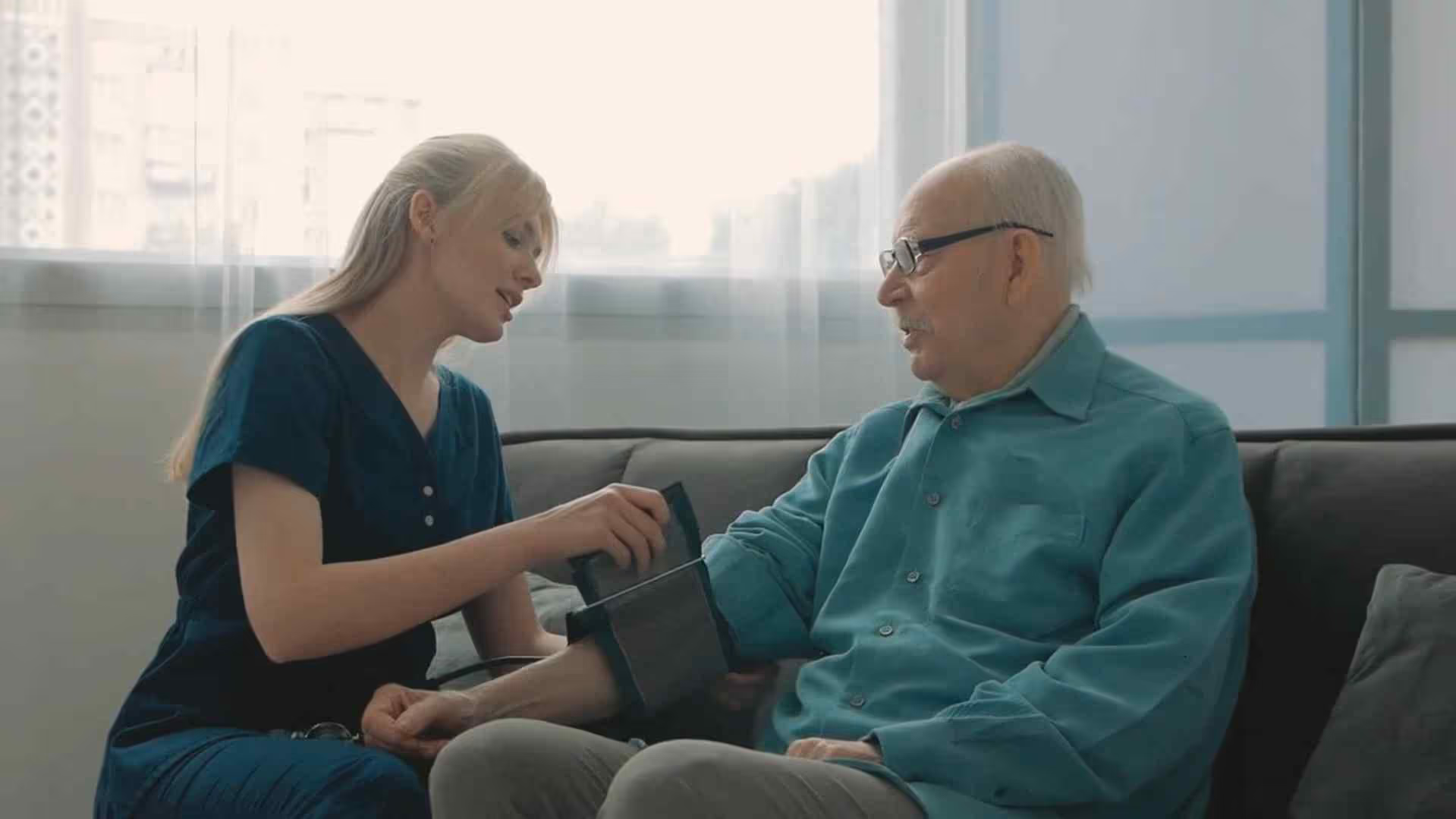
Introduction to ADLs and Caregiving
Activities of Daily Living (ADLs) include essential tasks such as bathing, dressing, and feeding, crucial for maintaining independence, particularly in elderly or disabled populations. Willows Healthcare’s caregivers are key in ensuring these individuals receive the necessary support, enhancing their quality of life and promoting their independence.
Understanding the Essentials of Caregiving in ADLs

Definition of ADLs
Activities of Daily Living (ADLs) are the essential daily tasks that individuals need to maintain their hygiene, health, and overall well-being. These tasks commonly include:
- Bathing
- Dressing
- Toileting
- Feeding
- Mobility
- Continence management
Understanding these tasks is vital, as they significantly impact the independence and quality of life for seniors.
Role of caregivers in assisting with these tasks
Caregivers play a pivotal role in enabling older adults to perform ADLs. They help by:
- Providing physical assistance during bathing and dressing, ensuring dignity and comfort.
- Assisting with meal preparation and feeding, which is critical for proper nutrition.
- Helping with bathroom visits and continence management, which is essential for personal dignity.
- Offering emotional support and companionship.
Effective caregiving involves assessing individual needs and employing clear communication—especially with seniors suffering from cognitive impairments. Understanding personal preferences is crucial in fostering both independence and safety.
Different types of caregivers
Various types of caregivers support seniors with ADLs:
- Home Health Aides (HHAs): Professional caregivers who assist with personal care and light housekeeping tasks.
- Certified Nursing Assistants (CNAs): Trained to provide direct hands-on support under nursing supervision.
- Registered Nurses (RNs): Coordinate overall care management, including medication oversight and health evaluations.
- Family caregivers: Often unpaid, they are usually the primary support for aging loved ones, facing unique emotional and physical challenges.
Addressing the ADLs requires collaboration between various caregiver types, ensuring that seniors receive comprehensive care tailored to their individual needs.
The Impact of Caregiver Assistance on Client Well-being and Independence

How does caregiver assistance impact the well-being and independence of clients?
Caregiver assistance plays a major role in enhancing the well-being and independence of clients. By helping with crucial daily tasks such as bathing, grooming, and medication management, caregivers help reduce stress, enabling clients to maintain their dignity and health. This assistance is especially vital for older adults who may struggle with mobility or cognitive impairments.
With nearly 1 in 5 Americans providing care to family members, caregivers create an essential support system that ensures the safety and comfort of those they look after. Not only does this support address physical needs, but it also provides emotional reassurance, significantly contributing to the quality of life for clients.
The well-being of caregivers is equally important, as their physical and emotional health greatly impacts the care they offer. Resources for caregivers highlight the significance of self-care and stress management techniques. When caregivers are supported and resilient, they are better equipped to meet the needs of their clients.
The collaboration between family caregivers and trained professionals fosters a holistic approach to care, positively affecting outcomes for clients and promoting their independence. It’s crucial to recognize that the effectiveness of caregiver assistance ultimately ties back to the balance between supporting clients and maintaining caregivers' health.
Roles and Responsibilities of Caregivers at Willows Healthcare

What roles and responsibilities do caregivers have when supporting elderly or disabled populations?
Caregivers play a vital role in the lives of elderly or disabled individuals by assisting with a variety of daily activities. Responsibilities encompass essential tasks such as:
- Personal Care: Helping with bathing, dressing, grooming, toileting, and feeding ensures that seniors maintain their dignity and hygiene.
- Mobility Support: Assisting with transfers and using mobility aids prevents falls and promotes safety.
- Meal Preparation: Ensuring proper nutrition by planning and preparing meals, and monitoring hydration is vital to the seniors' health.
- Medication Management: Organizing and reminding clients about their medication schedules helps in adhering to prescribed treatments.
- Household Tasks: Light housekeeping and grocery shopping are necessary to maintain a clean and functional living environment.
Why is communication with healthcare professionals important?
Effective communication with healthcare professionals is crucial for caregivers to provide the best care possible. Collaborating with doctors and specialists enhances the quality of care by ensuring that caregivers have the latest information on treatment plans and any specific needs of the senior. This partnership is essential for:
- Creating Safe Environments: Caregivers can work with health professionals to identify hazards in the home, reducing the risk of accidents.
- Implementing Care Plans: Understanding tailored care strategies aids caregivers in adapting their support to the individual's changing needs.
- Enhancing Emotional Well-being: Open communication allows caregivers to address potential concerns regarding the emotional and mental health of the individual in care.
Maintaining a strong line of communication not only benefits the elderly but also supports caregivers in their challenging roles.
Best Practices for Ensuring Safety and Quality of Life

What are some best practices for caregivers to ensure the safety and quality of life for those they assist?
Best practices for caregivers revolve around effective communication, meticulous training, and strict adherence to safety protocols. Clear communication fosters understanding and enables caregivers to respond effectively to the needs of those they assist. This is especially important for seniors experiencing cognitive impairments.
Personalized care plans are crucial. These plans should reflect the unique needs and preferences of each individual, ensuring that the caregiving approach is tailored to support their lifestyles. Monitoring changes in a client's physical and emotional condition allows caregivers to make timely adjustments to the care provided, enhancing safety and promoting overall well-being.
Trust and respect are foundational to building strong relationships with clients. When caregivers take the time to engage with seniors, clients feel valued, which contributes significantly to their quality of life. Moreover, regular collaboration and feedback with other healthcare professionals can bolster the quality of care, ensuring a holistic approach that meets all aspects of the client's needs.
Importance of personalized care plans
The significance of personalized care plans cannot be overstated. These documents serve as a roadmap for caregivers, guiding their daily interactions and interventions. By assessing individual strengths, challenges, and preferences during initial evaluations, caregivers can create effective strategies that promote independence in daily activities. Care plans should also be flexible, allowing for modifications as clients’ conditions evolve.
By incorporating input from clients and their families, caregivers can ensure that each plan not only prioritizes health and safety but also respects personal dignity and autonomy. Ensuring that caregivers receive ongoing training related to safety practices and effective support techniques further enhances the care experience for seniors.
The Importance of Self-Care for Caregivers

Why is self-care important for caregivers?
Self-care is vital for caregivers because they often face high stress levels that can lead to burnout, negatively impacting their ability to provide care. Research shows that over 10 million unpaid caregivers reside in the UK alone, which highlights the need for these individuals to manage both the physical and mental demands associated with their roles.
Engaging in self-care practices, such as maintaining a nutritious diet, exercising, and seeking mental health support, can help caregivers avoid serious health problems like fatigue and chronic illnesses. When caregivers prioritize their own well-being, they are better equipped to deliver high-quality support to those they care for.
Ultimately, prioritizing self-care ensures that caregivers can continue supporting their loved ones while also safeguarding their own health and well-being, critical for sustaining effective caregiving.
Resources available for caregiver support
To help caregivers manage stress and prevent burnout, numerous resources are available.
- Support Groups: Connecting with others in similar situations provides emotional backing and practical advice.
- Counseling Services: Professional therapists can assist caregivers in dealing with the emotional toll of their responsibilities.
- Educational Programs: Workshops focused on stress management techniques can empower caregivers with tools to better cope with their challenges.
- Referral Services: Local organizations often provide referrals for respite care, which gives caregivers a much-needed break.
- Online Resources: Websites and forums dedicated to caregiving issues offer advice and shared experiences.
These tools and networks are essential. They not only equip caregivers with knowledge but also foster a sense of community, reminding them they are not alone in their journey.
Types of Caregivers and Their Roles
Differences between home health aides, CNAs, and RNs
Caregivers in home care can vary significantly in their training and scope of practice. Home health aides (HHAs) provide essential non-medical support, assisting clients with activities of daily living (ADLs) such as bathing and grooming, and light housekeeping. Certified Nursing Assistants (CNAs), on the other hand, carry out more intensive support under the supervision of healthcare professionals. CNAs typically help with fundamental nursing tasks like monitoring vitals and assisting with personal care, requiring formal training and certification.
Registered Nurses (RNs) have the most extensive training in the caregiving spectrum. They manage patient care through assessments, care planning, and medication management, ensuring a comprehensive approach that integrates both medical and personal care needs.
Training and certification requirements
Each type of caregiver has specific training and certification mandates:
- Home Health Aides: Typically undergo minimal training but may require certification depending on state regulations.
- Certified Nursing Assistants: Must complete state-approved training programs and pass competency examinations to receive certification.
- Registered Nurses: Need a nursing degree from an accredited institution and must pass the NCLEX-RN exam for licensure.
These regulations ensure that caregivers are prepared to support clients effectively while adhering to safety and health standards.
What are caregivers not allowed to do?
Caregivers are not permitted to engage in medical practices such as administering medications or performing medical procedures unless they are licensed professionals. They should also refrain from home renovations or significant alterations to a client’s environment without proper expertise. Importantly, caregivers must uphold client confidentiality, avoiding unauthorized sharing of personal information. Their primary responsibilities focus on providing companionship, assisting with daily activities, and offering emotional support, reinforcing the supportive role they play in enhancing clients' quality of life.
Integrating Assistive Technology in ADL Support
Use of Adaptive Equipment by Caregivers
Adaptive equipment is designed to enhance the independence of seniors when performing Activities of Daily Living (ADLs). Caregivers often utilize tools such as shower chairs, grab bars, and raised toilet seats. These items help reduce the risk of falls and ensure safety, especially for individuals with mobility limitations.
Examples of common adaptive equipment include:
| Equipment | Purpose | Benefits |
|---|---|---|
| Shower chairs | Provides stability while bathing | Reduces risk of slips or falls |
| Grab bars | Offers support when entering/exiting baths | Enhances safety and boosts confidence |
| Raised toilet seats | Eases sit-to-stand transitions | Makes toileting more manageable for seniors |
Impact of Technology on Client Independence
Assistive technology goes beyond physical tools; it includes devices like mobility aids and sensory devices that can significantly impact a senior's independence. This technology not only promotes self-sufficiency during ADLs but also encourages a better quality of life.
For example, smart home devices can enable seniors to manage their environment effortlessly—turning lights on/off or adjusting temperatures using voice commands. Overall, the integration of adaptive equipment and assistive technology plays a crucial role in enhancing the well-being and autonomy of aging individuals.
Evaluating ADL Performance: Tools and Techniques
Screening Tools: Katz Index and Lawton IADL Scale
To effectively evaluate assistance needs, various screening tools are employed. Two widely used methods are the Katz Index of Independence in Activities of Daily Living and the Lawton Instrumental Activities of Daily Living (IADL) Scale.
- Katz Index assesses basic ADLs like bathing, dressing, and toileting. It provides a clear picture of an individual's functional status, identifying strengths and areas needing support.
- Lawton IADL Scale, on the other hand, evaluates more complex tasks crucial for independent living, such as managing finances, medication, and meal preparation.
This differentiation helps caregivers tailor assistance according to individual needs.
Role of Occupational Therapists
Occupational therapists play a vital role in assessing patients’ capabilities regarding ADLs. They not only evaluate physical and cognitive skills but also develop personalized plans to enhance independence. Their expertise is crucial in implementing assistive technology and adaptive equipment, ensuring seniors can safely navigate daily tasks.
In summary, utilizing the Katz Index and Lawton IADL Scale alongside the skill of occupational therapists provides a comprehensive approach to assessing and improving ADL performance.
Conclusion: Empowering Independence Through Effective Care
The caregivers at Willows Healthcare have a crucial role in supporting the elderly and disabled populations by assisting with Activities of Daily Living. Their dedication not only ensures the safety and well-being of their clients but also promotes autonomy and dignity. By following best practices, integrating adaptive technologies, and maintaining open communication with healthcare professionals, caregivers can significantly enhance the quality of life for those they serve while fostering a supportive and health-oriented environment.
References
- Understanding Activities of Daily Living (ADLs) in Caregiving
- Assistance With ADLS In Home Care - Parx Home Health Care
- The Role of Live-In Caregivers in Supporting Activities of Daily ...
- The Importance of Safety in Assisting Seniors with Activities of Daily ...
- Impact of Caregiving for Dementia Patients on Healthcare Utilization ...
- Knowing Activities of Daily Living Will Help You Care For Aging ...
- Assisting someone with the activities of daily living (ADLs) - Elizz
Latest Blog

March 5, 2025
Heart Healthy Exercises For Seniors
Enhancing Cardiovascular Wellness Among Older Adults

March 5, 2025
Benefits Of Yoga For Seniors
Exploring the Life-Enhancing Power of Yoga for Older Adults






































.jpeg)
























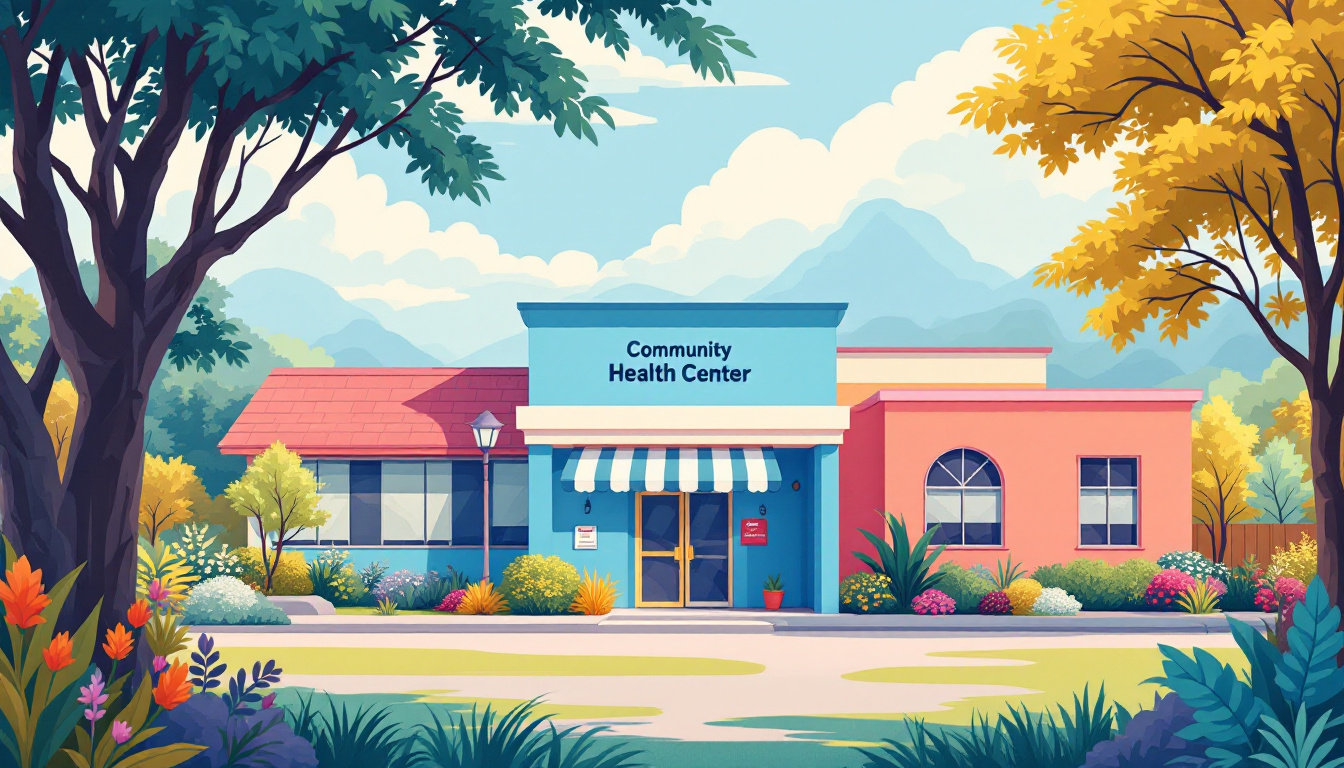

















































































































































































.avif)






















































.jpeg)

































































.jpeg)














.jpg)









































.jpeg)









































































.avif)




.avif)



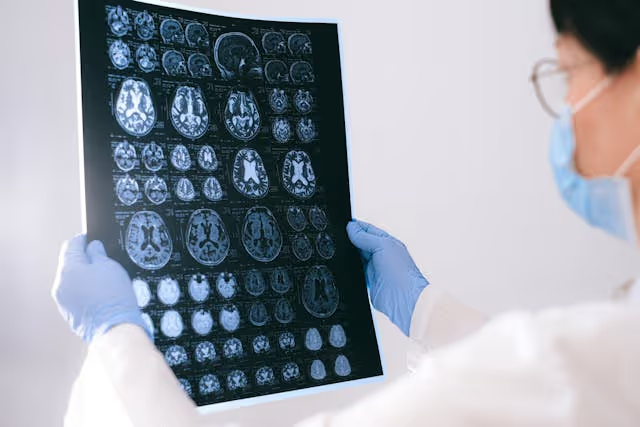














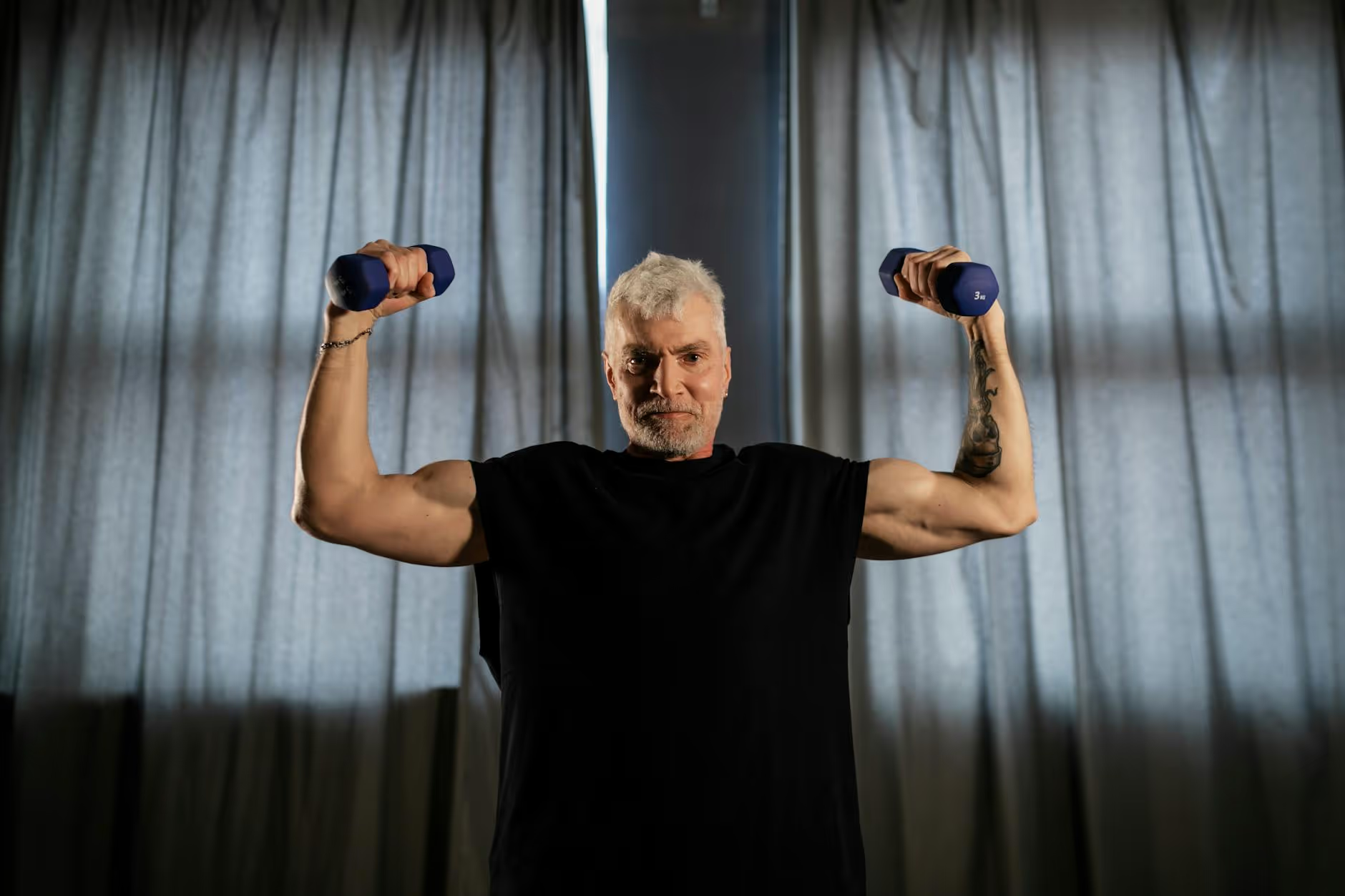





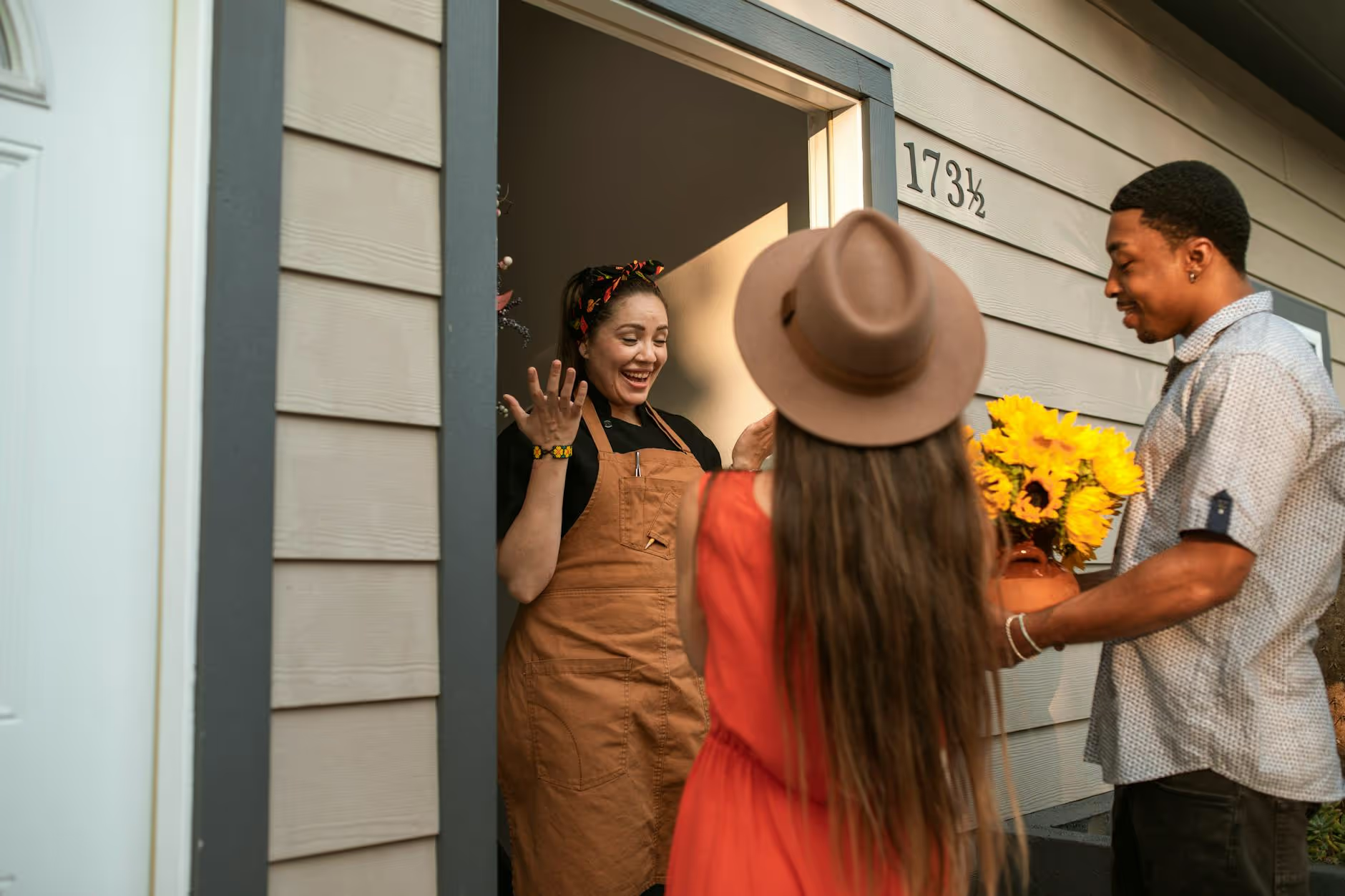





















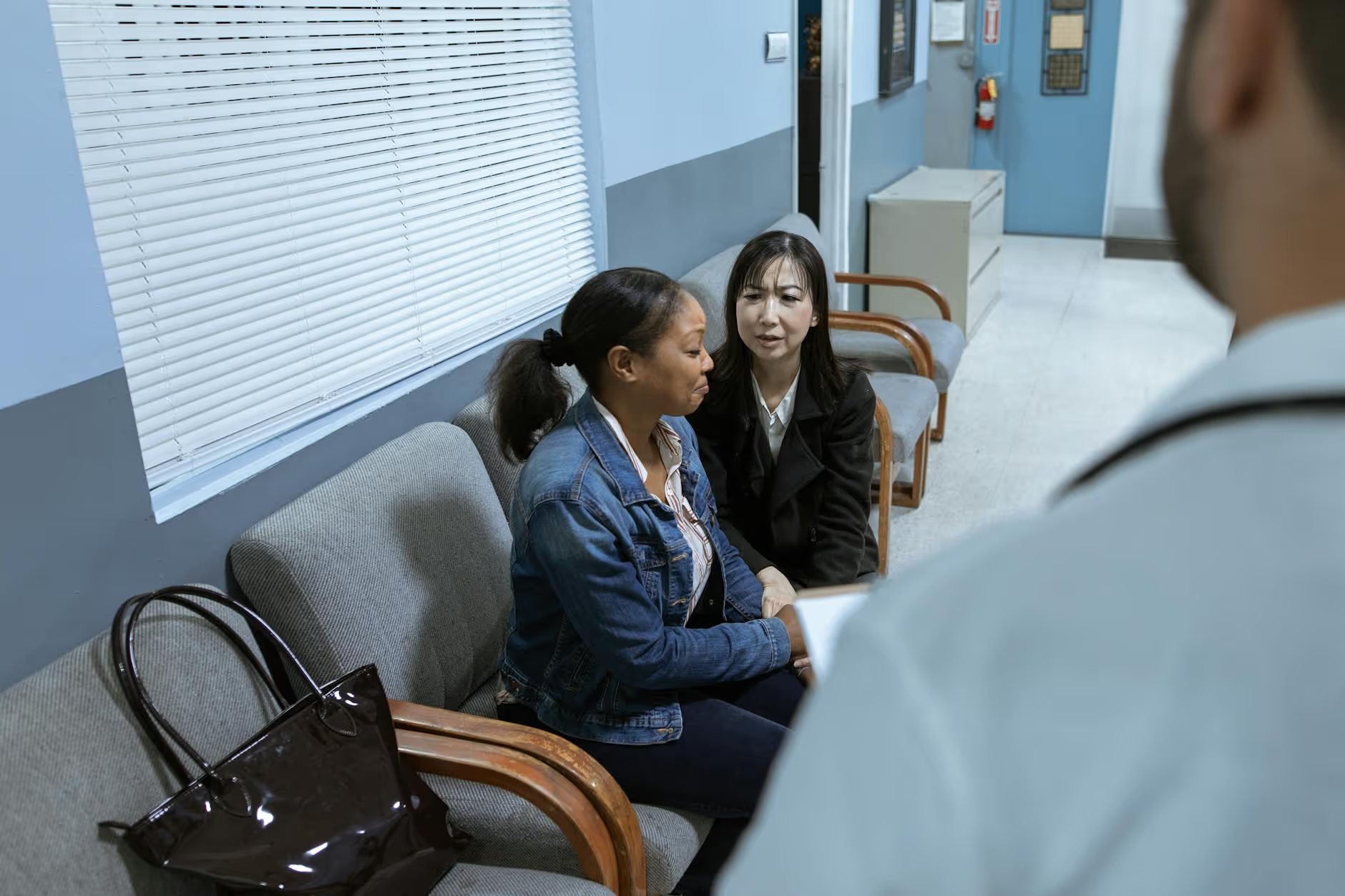


.avif)

































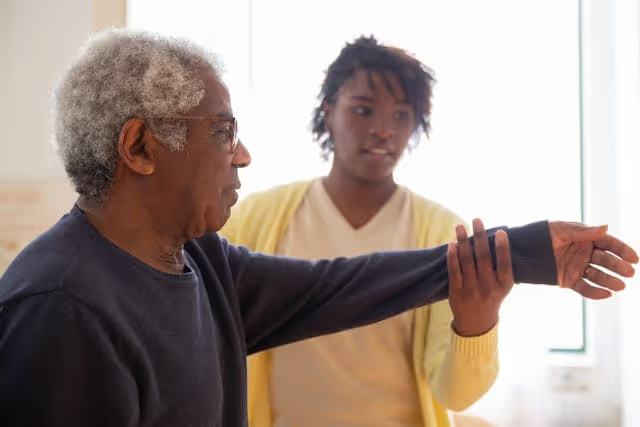






.avif)





























































































































